S TAFF S ELECTION
Secrets to Employ the Best People
(Targeted at entrepreneurs & HR practitioners
E ric A lagan

Contents
Preface
This book targets primarily micro enterprises, general managers who wish to have an overview and all those interested in the field of human resource. It especially targets entrepreneurs who do not have the services of human resource experts.
The Models and Methods contained in this book assume no prior knowledge on the part of the reader.
There are various definitions for micro enterprises but the commonly accepted is any business with 2 to 9 people and a turnover of under $2 million.
The MICRO MOUSE Business Series provide a series of simple steps to achieve measureable targets.
Micro Mouse Business Series a play of words based on the famous Mighty Mouse, an animation superhero created by Terrytoons for 20th Century Fox. In that cartoon a mouse beats all the big boys, normally portrayed as cats. Therefore, this series of self-help management books hopes micro enterprises can hold their own against the fat cats of industry.
The Series draws on the experiences and observations of the author and presents suggestions on Staff Selection from first identifying and justifying the need for additional staff right up to selecting, employing, probation and confirmation.
However, you should always rely on your own independent professional advice, judgment and preferences. No warranties, assurances, guarantees or representations about the accuracy, reliability, timeliness or otherwise of the information contained in this book can be given or to be construed.
To the full extent permitted by law, LCA Consultants Pte Ltd (including the author) shall not be liable (including liability for any form of negligence, errors or omissions) for any loss or damage arising out of your use of this book.
You must always consider the appropriateness of the information in this book (as expressed explicitly or implicitly) to your relevant circumstances. By buying this book, you have agreed to the above terms.
For the sake of expedience, throughout the book, the author uses male/female genders interchangeably and where he mentions a male, it refers to a female and vice versa.
A PHOTO FINISH WIN
I once played a video clip of a closely run 100 meters dash to a group of executives and asked if they could identify the winner. They could not, so I replayed that video and this time some of them made a few guesses but there was no consensus about who actually nosed the tape first. I replayed it but this time took it frame-by-frame and everyone saw the winner.
Competing in the business world is like that. You do not have to win by a mile. Put another way, you do not need a 100 great ideas because most of that 100 had already been thought of, practiced by your competitors. You too probably know most of them.
What you need is one or two ideas no one else had thought of or exploited.
I hope and wish you could find one or two such ideas from the dozens contained in this book.
All you need is a fraction of a second that nose length to win.
Eric Alagan
Chapter 1
Introduction
In larger organizations, there is usually an in-house human resource manager (HRM turn to the back for a list of abbreviations used throughout this book). The HRM handles a gamut of activities including recruitment, interview and selection. Some companies engage a recruitment consultant, referred to colloquially as a head-hunter (actual term recruiter) who handles all the pre selections and provides a short list of candidates. The HRM does the final interviews with the responsible line manager.
Whatever the structure and techniques used, there are costs involved: the cost of a HRM and/or the cost of the recruiter. The HRM entails a fixed and recurring cost and the recruiter might charge anything from 15 to 20% of the annual wages of the employee whom they place with the company. Obviously, these costs come with a slew of specialized skills, knowledge and information that most entrepreneurs may not readily possess.
| 1. | What happens when a small business simply cannot afford the services of a fulltime HRM, a recruiter or even the cost of a part time HRM? |
| How do you handle the recruitment, interview and selection? |
| How do you get the best for the least? In this case least means saving on the costs of a HRM and/or recruiter. |
The author who has had more than 35 years experiences in international business shares in this book the techniques he had developed encompassing recruitment, interview and selection. He had interviewed people in Singapore, Australia, Indonesia, Philippines and India for a slew of jobs from blue and white-collar workers to management staff leading up to general management and company director levels.
He also reveals his secrets on the probation process, ensuring the person you selected is the right fit for your business because recruitment does not end on the day the candidate starts work but when he successfully completes the probation.
Human Resource (HR) is a very complex and wide subject and even after a lifetime, specialists are still learning as new knowledge and techniques are growing by the day and added to the body of HR knowledge. The author therefore wishes to emphasize at the outset this book provides only the essentials in recruitment, interview and selection in a step-by-step approach and the reader is well advised to seek further professional advices as he deems appropriate to his requirements.
Human Resource Manual
This book will help you to develop a comprehensive human resource manual tailored for your particular operation. Henceforth, we shall refer to it as HR Manual in bold.
This HR Manual will contain all the financial computations, tables, forms and samples you would ordinarily require in recruitment, selection and probation of staff.
This HR Manual would be flexible enough for you to modify and expand as your business grows. Even when you finally employ a fulltime HRM, this manual would form a solid foundation to build up your HR procedures and policies.
This book will take you through the steps to develop the manual. Please pay attention whenever you come across the icon .
.
It means you need to add another piece of the jig saw to completing your very own in-house HR manual.
Chapter 2
Overview of Human Resource
Let us first have an overview of the HR discipline so we can better appreciate the very narrow aspect this book addresses.
The following are some of the key activities:
| 1. | Develop work scope and job description |
| 2. | Plan manpower needs |
| 3. | Recruitment and selection of staff |
| 4. | Training and development |
| 5. | Compensation and benefits |
| 6. | Liaison with relevant parties, example Ministry of Manpower, Unions, etcetera |
Each of the above activities can be further broken down into several sub topics. For example, compensation and benefits is by itself a very specialized and involved area covering issues such as:
| (i) | Performance appraisal and feedback |



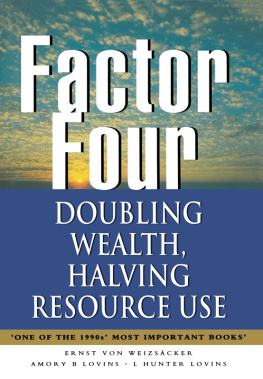

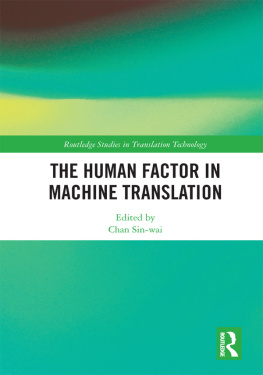
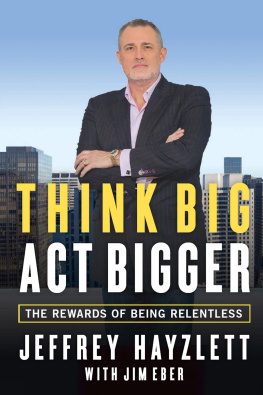
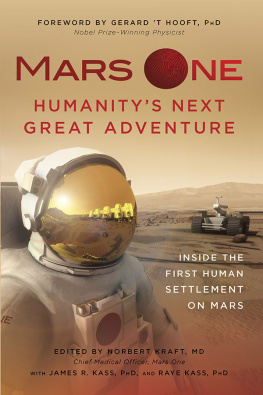

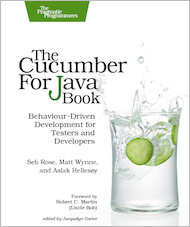

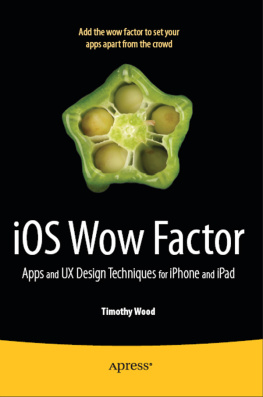


 .
.